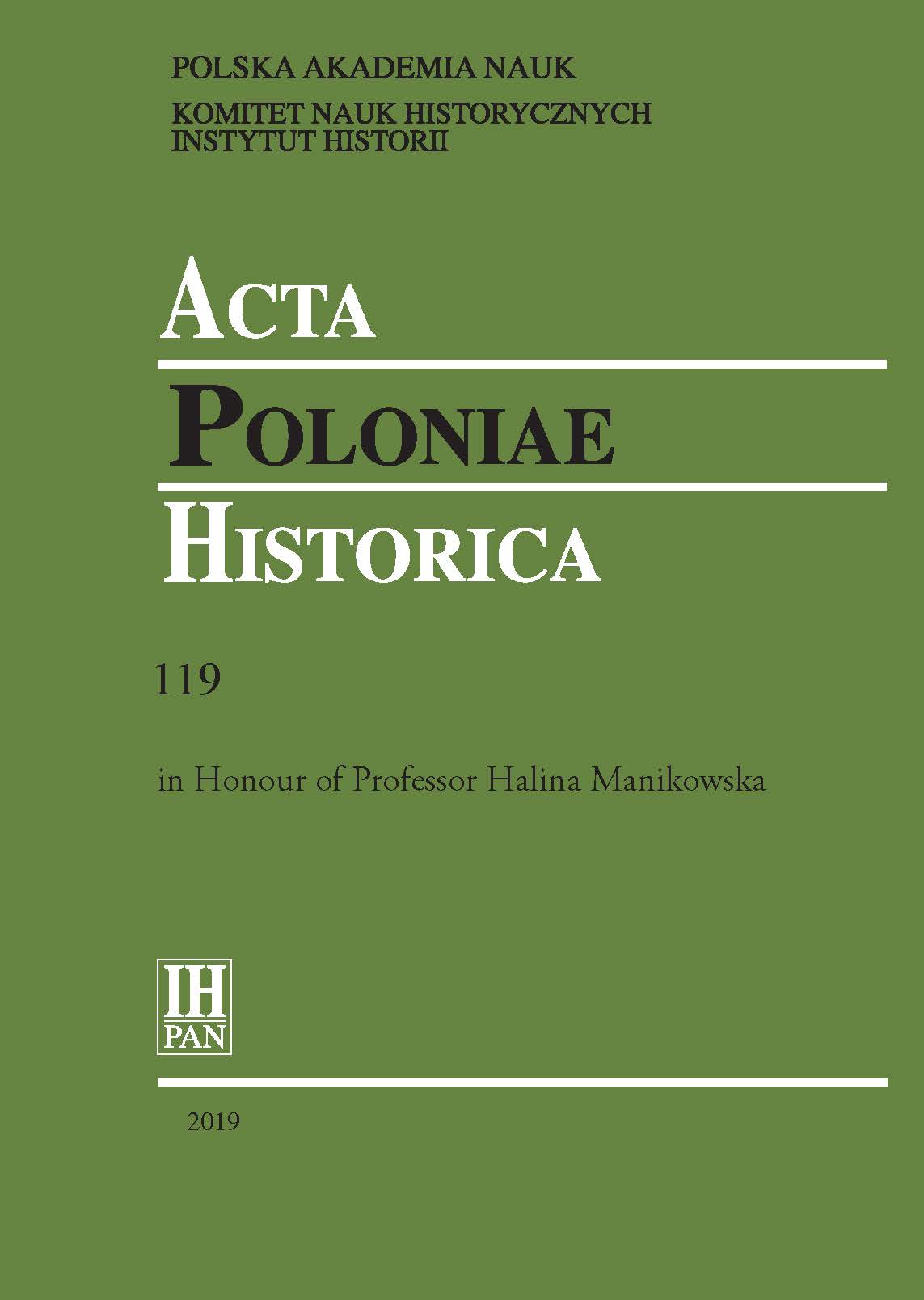Early Urban Communes under German Law in Halyč-Volhynian Rus’ (the Thirteenth to the Mid-Fourteenth Century)
Early Urban Communes under German Law in Halyč-Volhynian Rus’ (the Thirteenth to the Mid-Fourteenth Century)
Author(s): Andrzej JaneczekSubject(s): History, Economic history, Political history, Social history, Middle Ages, 13th to 14th Centuries
Published by: Instytut Historii im. Tadeusza Manteuffla Polskiej Akademii Nauk
Keywords: eastward migrations; groups of foreign guests; urban communities; German law; Rus’; Halič-Volhynian Principality
Summary/Abstract: From the late twelfth century onwards, the German law became a universal organisational pattern of urban communes spread across Central Europe. Yet, the type of urban commune developed under the German law exceeded the limes of Latin Europe and the bounds of Central Europe, and extended to the area of Rus’ – notably, the Halyč-Volhynian Principality – in as early as the thirteenth century. The new communal forms emerged as a group law for the arrivals flowing in from the West, mainly the Germans. These organisations, alien to Rus’, emerged within the former, and still functioning, vernacular urban layouts – in the large political and commercial centres of Halyč-Volhynian Rus’. Their development in multiple forms can be traced: initially, settlement of a group of comers from the West – as in Chełm after 1240; a commune of foreign guests, led by an alderman – as in Przemyśl and Lemberg (Lwów, L’viv) before 1300; a self-governed commune – as in Volodimer before 1324; a law-based city – as in Sanok in 1339. These new developments were reflected in the terms used to describe the new realities: it was then, in the thirteenth century, that the word městič (‘burgher’) appeared in Old Rus’ian, a derivative of město (initially denoting a ‘locus’ later on, ‘urbs’).
Journal: Acta Poloniae Historica
- Issue Year: 2019
- Issue No: 119
- Page Range: 61-82
- Page Count: 22
- Language: English

